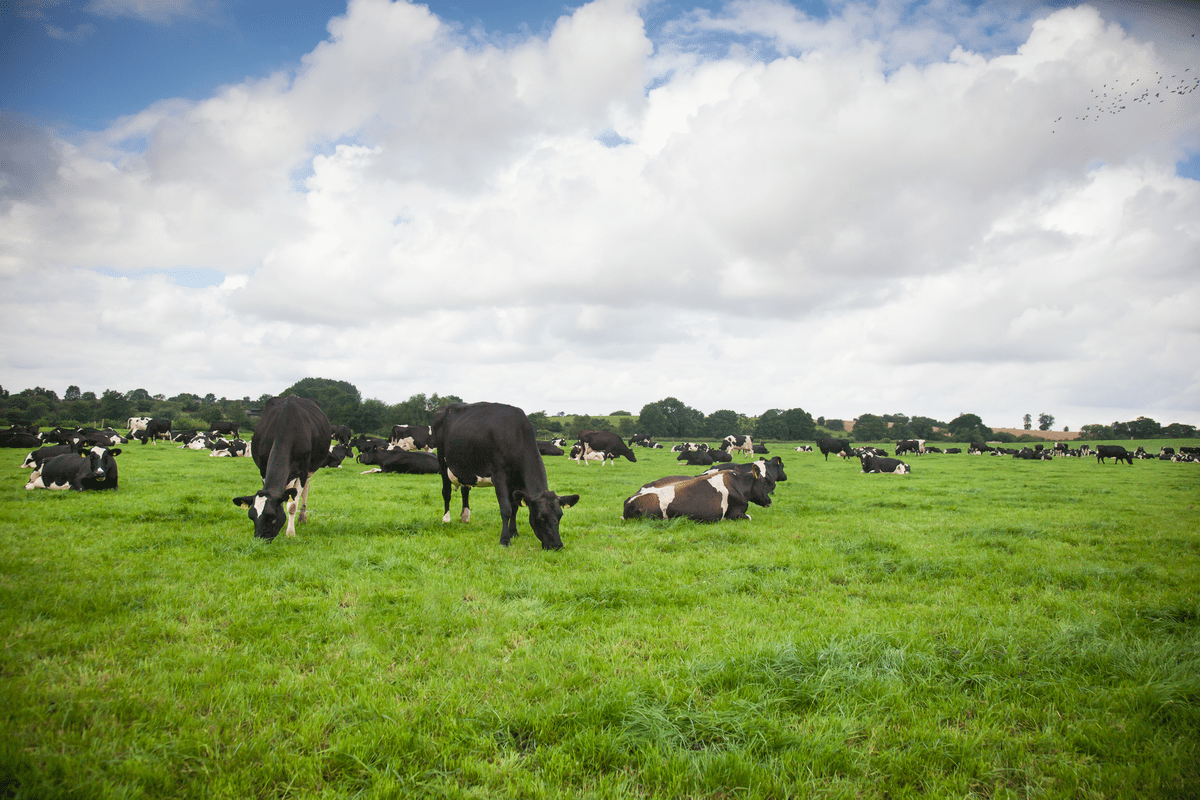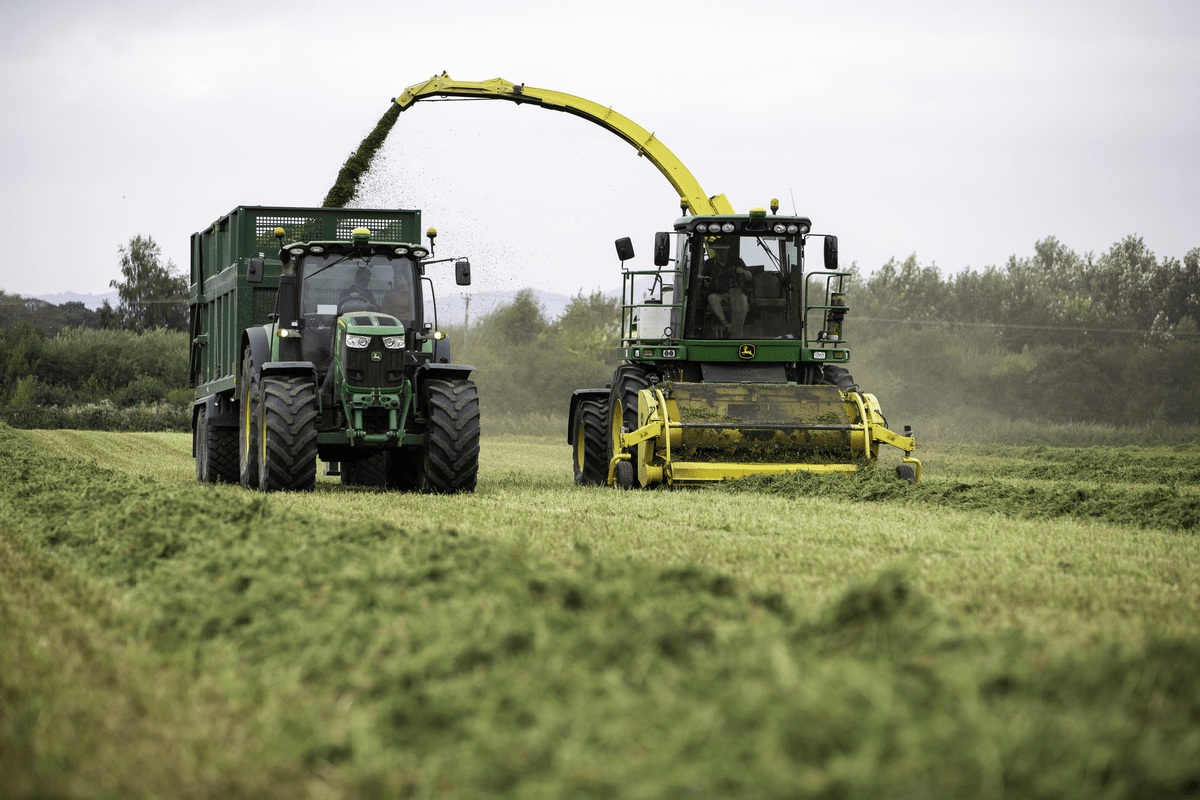Improving dietary protein use in livestock brings production and environmental gains, explains grassland expert Dr Mary McEvoy.
Balancing energy and protein in grassland pastures to give the best nutrition will support better meat and milk production in livestock.
It also reduces emissions. A balanced amount of energy and protein makes digestion in the rumen more efficient, lowering the levels of ammonia, nitrous oxide and methane released.
Wasted protein due to a lack of available energy results in lower production results and unmet environmental targets.

Replacing unproductive grass swards
As older swards become unproductive, replacing them offers the best opportunity to increase grass quality and balance the energy and protein in your livestock’s diet. This allows the protein to be used more effectively.
Choose the best grass seed varieties for your system. Ongoing seed development guarantees improvements every year and the highest quality varieties are detailed in the Grass and White Clover Recommended List and Pasture Profit Index.
Germinal’s high sugar grass varieties feature strongly across all categories in the index, taking the top two positions in each category this year.
These high sugar grasses contain elevated levels of water-soluble carbohydrates (sugars) compared to other ryegrasses. With the increased energy, microbes in the rumen can use a larger proportion of the plant protein more efficiently to produce meat and milk.
This more effective use of the protein also means less is excreted. Trials have shown urinary losses of nitrogen are up to 24% lower in dairy cows fed high sugar grass mixtures.
High sugar grass varieties have a superior energy-protein balance and are found in many of our mixtures, including Top 5 Extend, Top 5 Grazing and Top 5 Silage.

Advantages of grass grown on farm
With particularly high on-farm costs this year and ongoing moves to mitigate climate change, the financial and environmental advantages of producing high-quality homegrown forage have become even more important.
High-performing swards respond better to applied nitrogen and produce more dry matter. So, maintaining sward quality is essential to provide the optimum nutrition for livestock, power production and address environmental demands.
Improve dietary protein use in livestock use quality grass
To learn more about Germinal’s high sugar grasses and how they can improve dietary protein use in livestock, speak to one of our grass and forage experts.
